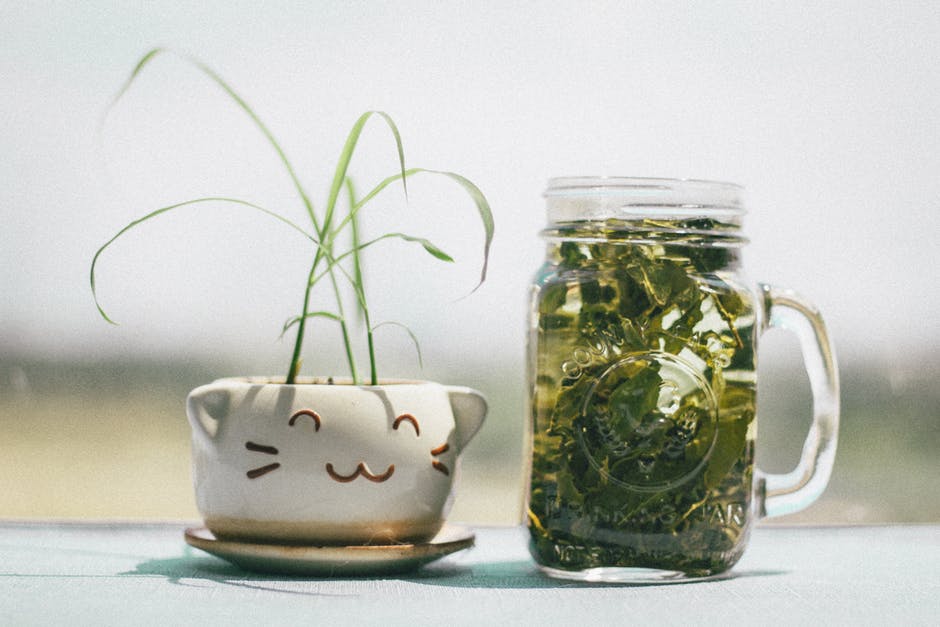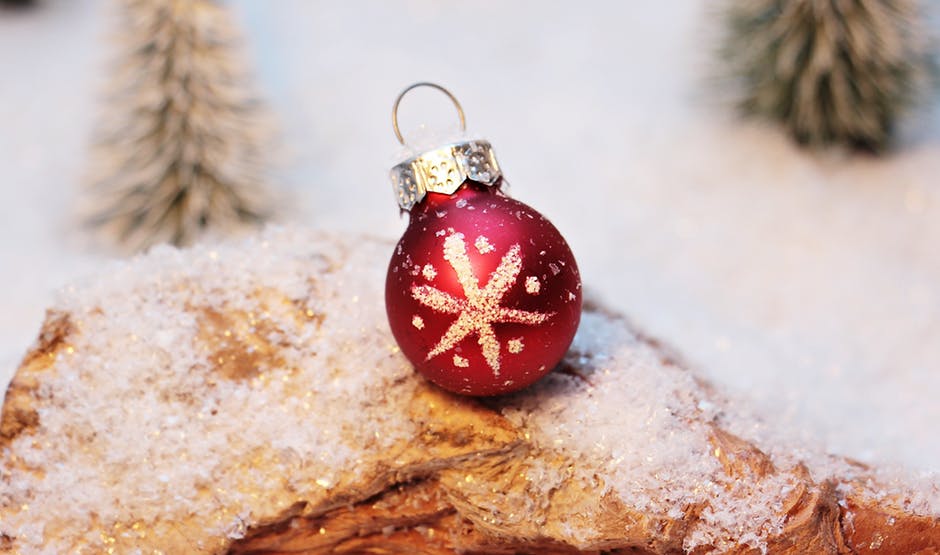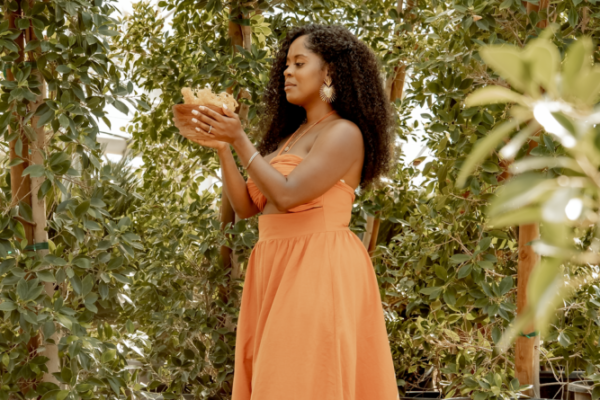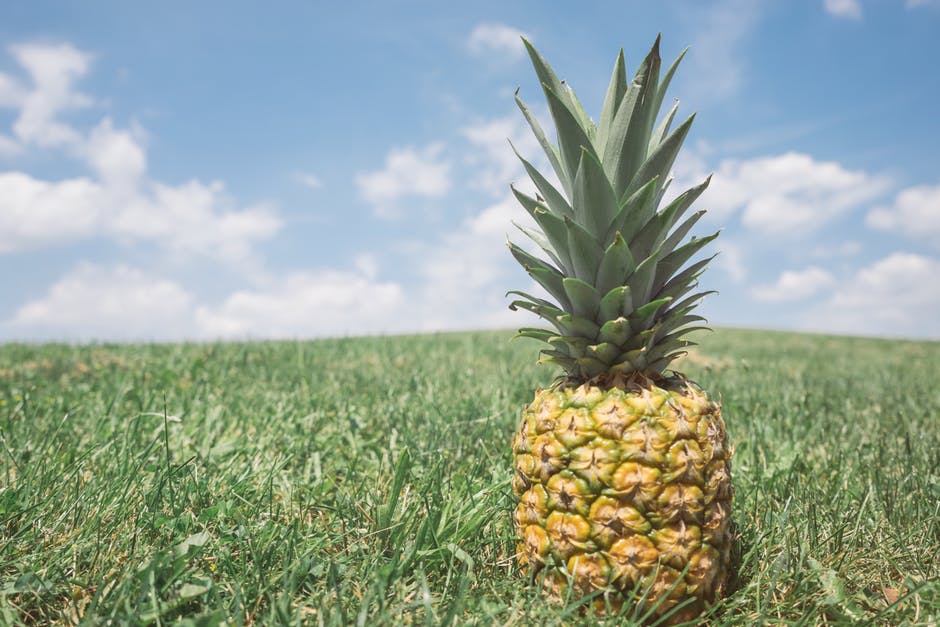
The King Of Fruits: Eat Some Pineapple!
Do you know those elongated fruits about thirty centimeters long that their flesh is very juicy and sweet, with a color that varies between white and yellow according to its variety and maturity? But of course! It would be impossible for you to not know PINEAPPLE. This exotic type of fruit with a sweet scent, many of which have a lot of virtues, is a key food for a diet in spite of all this sugar, as you would think. In Haiti, it is one of the most cherished fruits.
It seems that Christopher Columbus was the first to savor this fruit in the Caribbean archipelago in Guadeloupe in 1493. It is, however, originated from Brazil and Paraguay. After the long and tiresome journey Columbus and friends had made, a slice of pineapple was given as a gift for them to satisfy their thirst and hunger. They also used to hang pineapple fruits at the entrance of their huts as a sign of hospitality. (Very hospitable Guadeloupeans!)
Pineapple then made a long trip through all tropical countries in the Americas before landed in Europe, in the middle of the eighteenth century through England where it was made acquainted with Charles II —King at the time. Moreover, it is by its extreme resemblance to the pinecone that the English called Pin Apple. The fruit continued on its way to the United States, which later became a major exporter.
Pineapple is a plant giving a unique fruit. It presents at the end of a stem, generally unique, a halo of short leaves surmounting a set of blue flowers living only 24 hours, without peduncle, giving many conical and sterile berries, which grow individually until joining, forming at maturity, the pineapple that we know. It requires fourteen to twenty months. From planting to harvesting, the plant produces scraps that will be used for new plantings. It is thus necessary to count two years between two productions of pineapple on the same parcel. To be reproduced, a tropical climate is necessary as well as a good drainage because it needs a lot of water.
However, besides being tasty, pineapple is full of many virtues for the body, both indoors and outdoors. Indeed, pineapples – plant and fresh fruit – contain Bromelain, an enzyme that the tradition attests as a valuable aid for the digestion and the improvement of the circulatory and cardiovascular systems. In addition, it has anti-inflammatory and anti-tumor functions. As in most fresh fruits, pineapples are rich in potassium, while the levels of sodium, manganese and phosphorus are low. As for vitamins, they are very rich in that. They also relieve many ailments such as osteoarthritis, colds, sore throat, menstrual pain, and purify the blood stream.
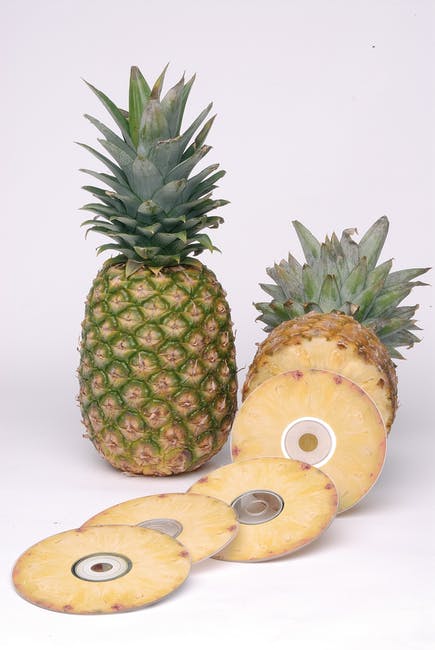 The use of pineapple on our skin makes, makes it clean, smooth and allows us to fight against aging. Thanks to their vitamin C component which facilitates healing, helps to lighten our skin and reduces blemishes, scars and dark spots.
The use of pineapple on our skin makes, makes it clean, smooth and allows us to fight against aging. Thanks to their vitamin C component which facilitates healing, helps to lighten our skin and reduces blemishes, scars and dark spots.
Can not think of holidays and the hot sunny weather without having pineapple in mind. In its general history, in the Islands inhabited by the French in the year 1667, Jean Baptiste Du Tertre extolled the qualities of pineapple as he refers to the fruit as the “king of fruits, because God put a crown on their heads. Yes, the king of gentleness above all.
At home in Haiti, we use it in hearty dishes and make several varieties of desserts. Many are on the display of fruit sellers in our capital. For those of you who do not know this type of fruit, it’s time to give in to the whims of your taste buds and get to know it. And, given these many virtues, it goes without saying that your skin will only be more radiant and your body healthier.
This summer, let’s get healthier with Pineapple!



